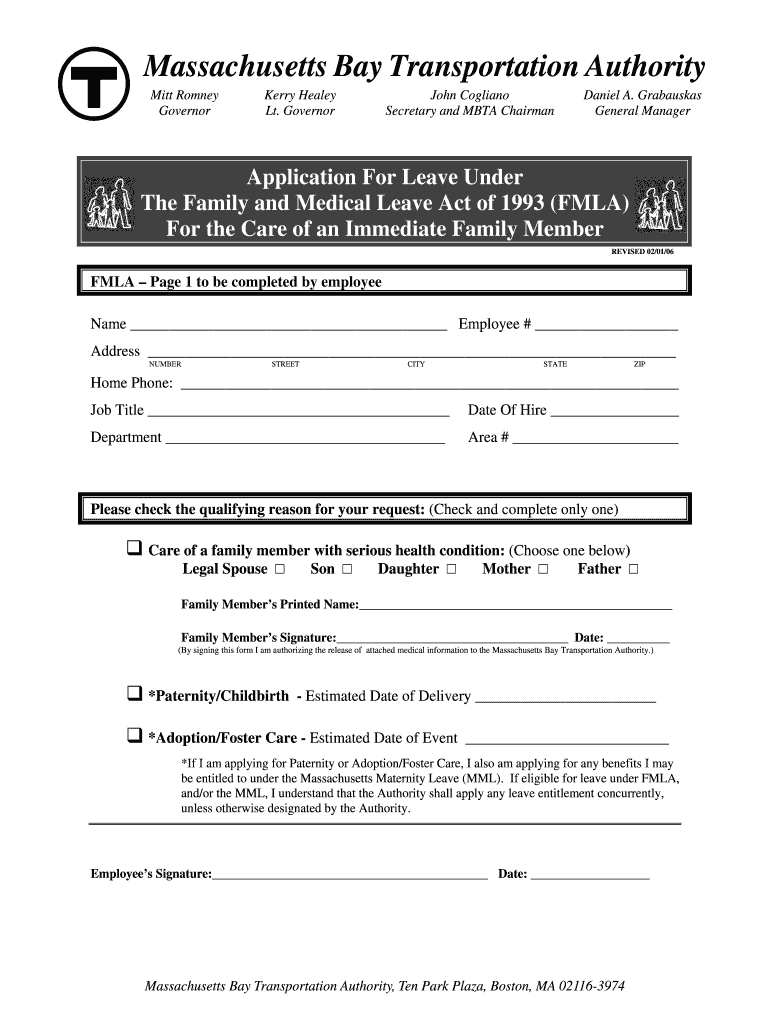FMLA Paperwork Timeline: 5 Key Steps After Filing

Filing for the Family and Medical Leave Act (FMLA) involves a detailed process to ensure that employees can take leave for personal or family medical reasons without worrying about their job security. Here, we'll explore the five key steps to follow after you've filed for FMLA, to make sure you're staying compliant and maximizing your leave benefits.
Step 1: Confirmation and Documentation


Once you submit your FMLA application, expect a confirmation from your HR department or designated FMLA representative:
- Look for an acknowledgment email or letter.
- The employer will likely send you forms to complete to verify your eligibility and the nature of your medical leave.
- You’ll need to provide medical certification from your healthcare provider detailing the reason for leave, anticipated duration, and any necessary restrictions.
Make sure to follow up if you don't hear back within the standard period, usually around two weeks.
Step 2: Certification Process


The certification process is a critical step for FMLA:
- Your healthcare provider must fill out a certification form, which your employer provides.
- Return the completed form within 15 calendar days to avoid any delays or issues with your leave request.
- The certification should include specifics like the date the condition started, its probable duration, and any related treatments or follow-up.
⚕️ Note: Be thorough with the certification process, as incomplete or delayed certifications can jeopardize your leave approval.
Step 3: Leave Coordination


Coordinating your leave involves several actions:
- Plan with your HR department on when you’ll start and end your leave.
- Discuss options for intermittent leave or reduced schedule if your condition allows or necessitates it.
- Communicate with your supervisor about work delegation during your absence.
- If applicable, decide if you want to use paid leave concurrently with FMLA leave to get paid during the FMLA-covered period.
Step 4: Maintaining Contact


Keeping in touch with your employer during your leave:
- Set up regular check-ins to provide updates on your health status or to coordinate any return-to-work activities.
- Ensure you’re aware of any new job requirements or changes in company policies.
- Keep all documentation, including doctor’s notes and any correspondence with HR, for future reference.
📌 Note: Effective communication helps in a smoother return to work and prevents any misunderstandings regarding your leave.
Step 5: Returning to Work


As your leave period ends, prepare to return to work:
- Submit any required documentation, like medical release or ‘fit for duty’ notes, to HR before or on the day you return.
- Be ready for potential reasonable accommodations, like adjusted work hours or physical work environment modifications.
- Your employer might conduct a return-to-work meeting to reintegrate you back into the workplace smoothly.
In the journey of navigating FMLA, each of these steps plays a crucial role in ensuring that the leave process is as seamless as possible. From confirming your leave to coordinating it with your workplace responsibilities, maintaining open lines of communication, and planning your return, you’re not just ensuring legal compliance but also fostering a supportive environment for your recovery or caregiving needs. By keeping these steps in mind, you’ll manage your FMLA experience with confidence, maintaining both your health and job security.
What happens if my employer denies my FMLA request?

+
If your employer denies your FMLA request, you have the right to file a complaint with the Wage and Hour Division (WHD) of the U.S. Department of Labor. The complaint should detail why you believe your request was wrongly denied. You could also seek legal advice or discuss the matter with your HR department to understand their rationale.
Can I extend my FMLA leave if needed?

+
Yes, if your condition requires more time, you might be able to extend your FMLA leave, provided you’re not exceeding the 12-week entitlement within a 12-month period. You’ll need to submit additional medical certification and coordinate with your employer.
How should I handle work during FMLA?

+
During FMLA, you’re typically not expected to perform any work. However, if you’re on intermittent leave or a reduced schedule, you might still work on days or hours you’re not on leave. Always discuss these arrangements with your employer to ensure compliance with FMLA regulations.



